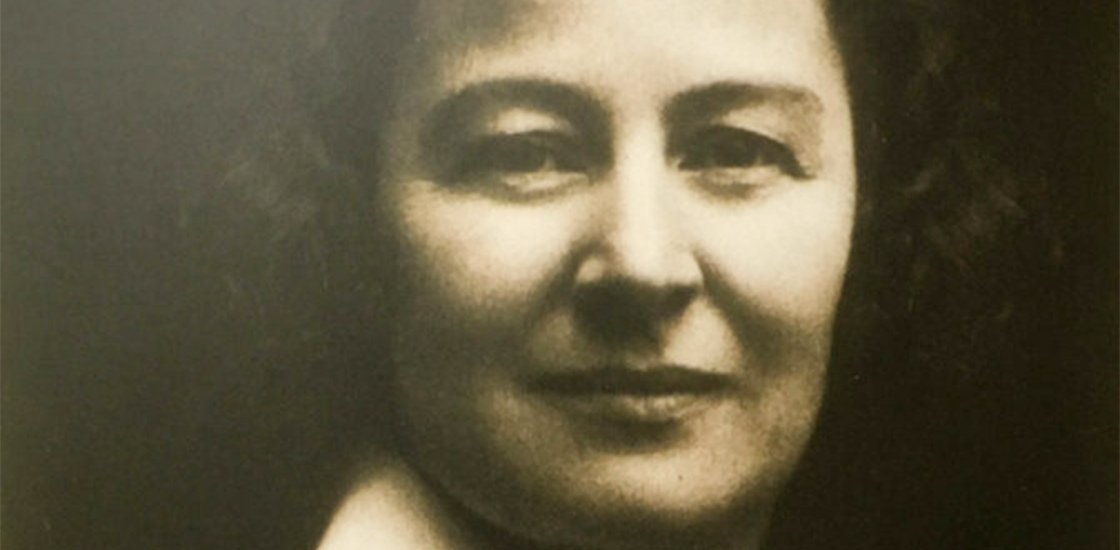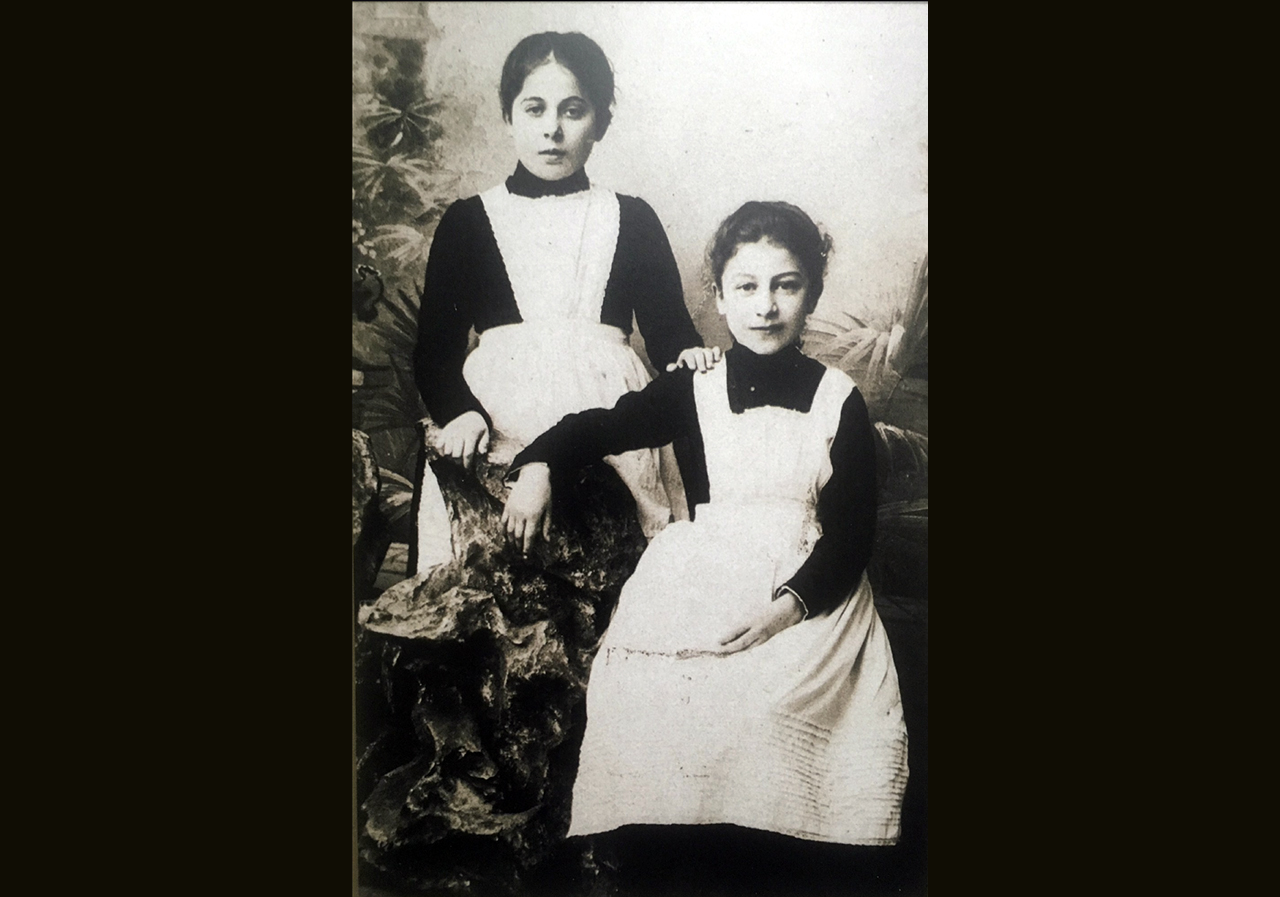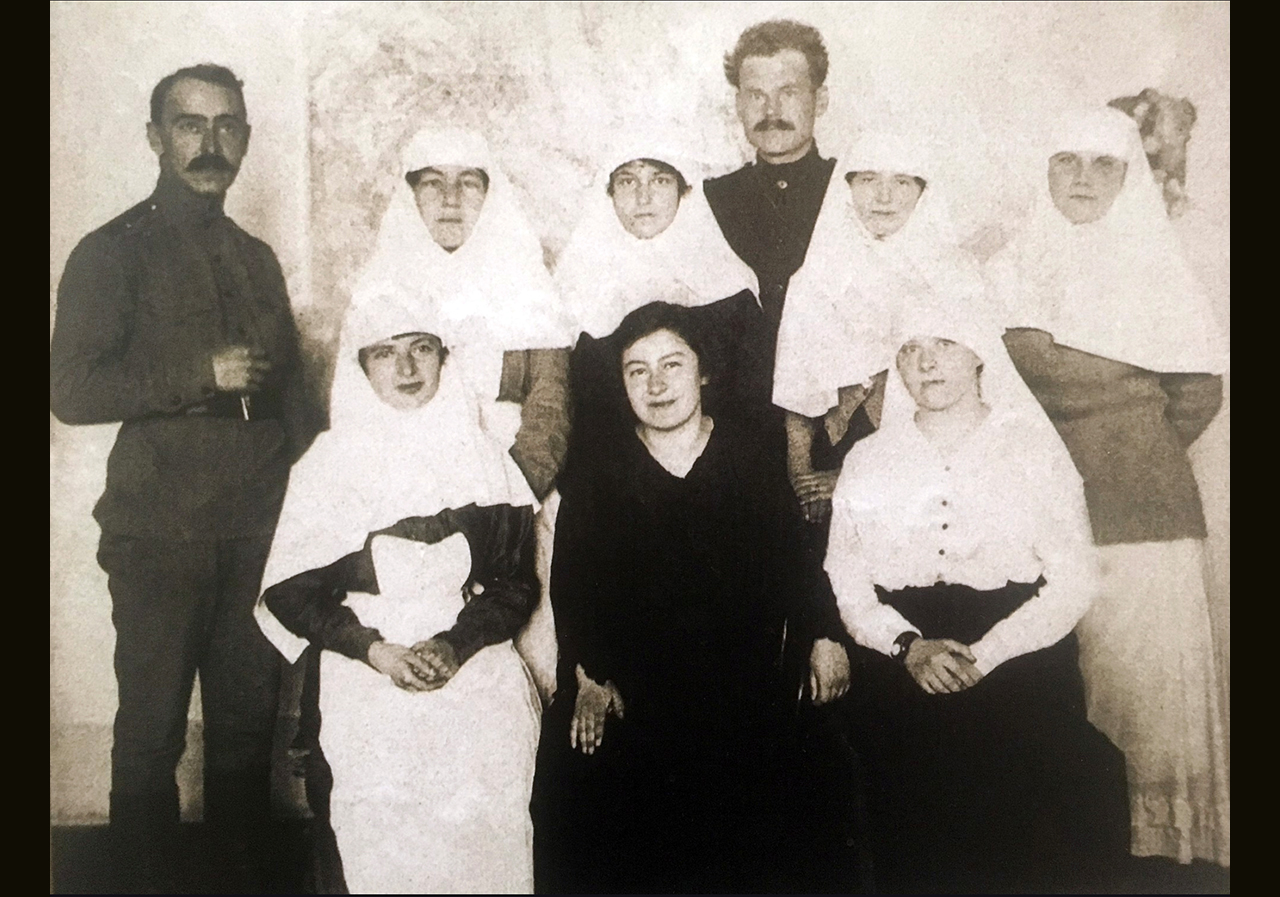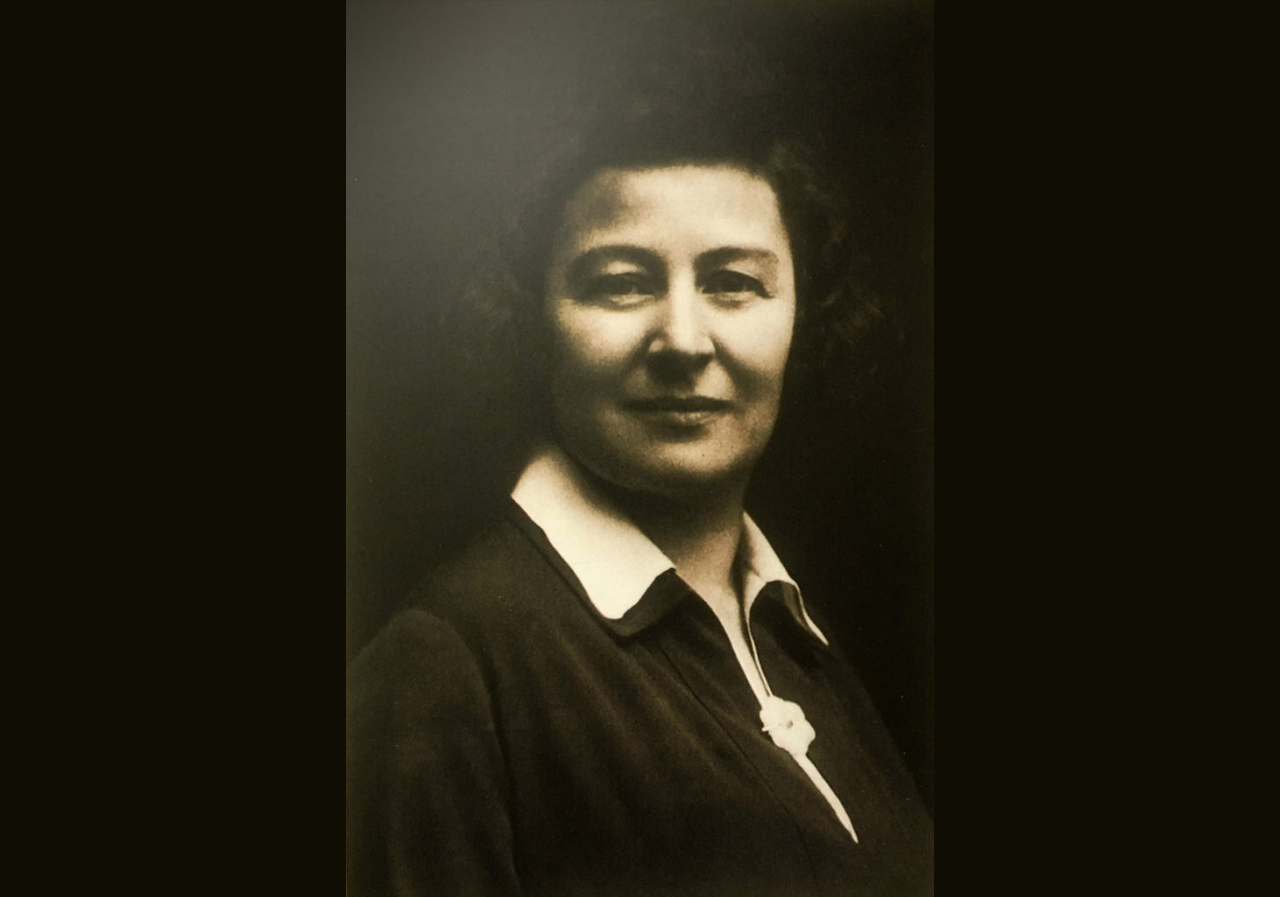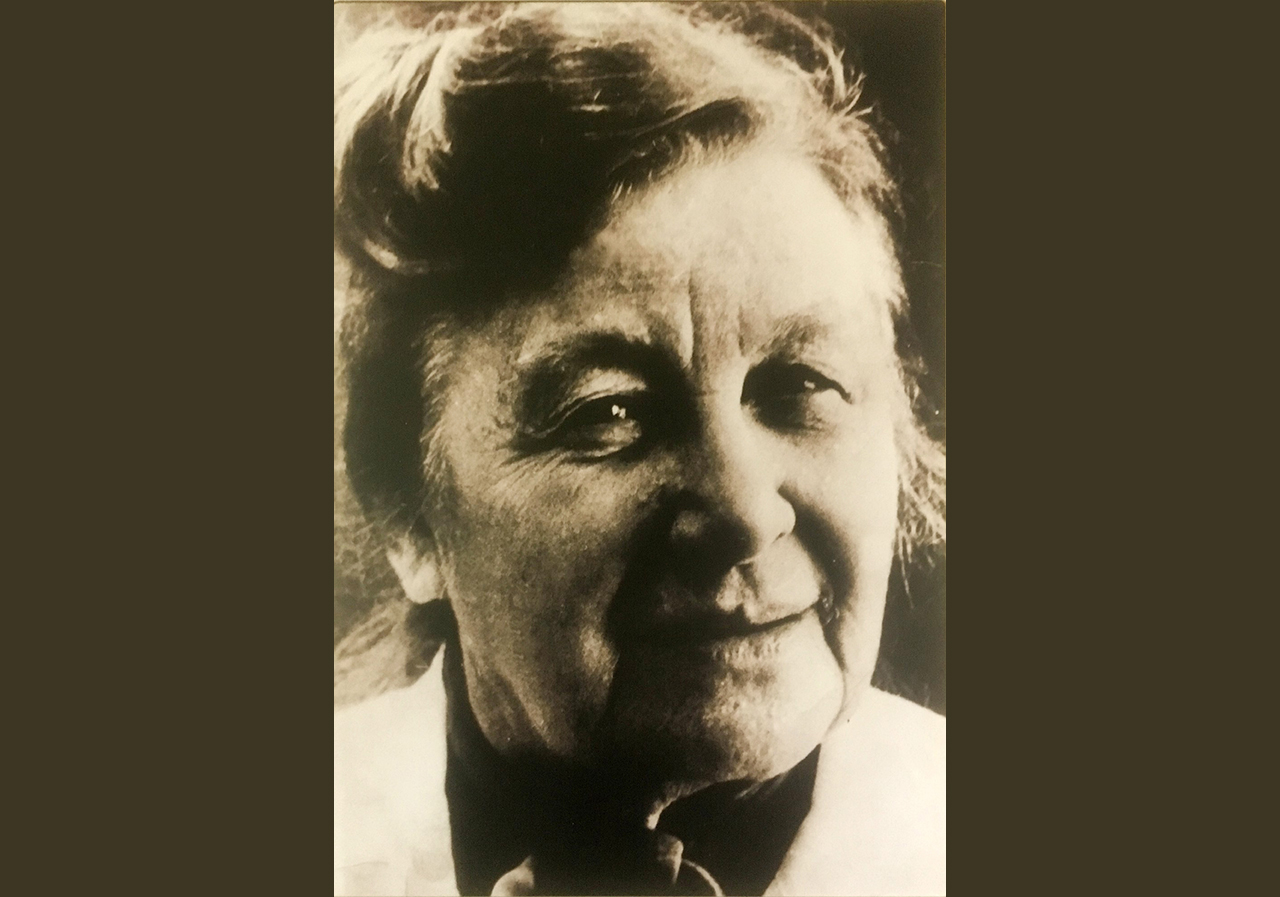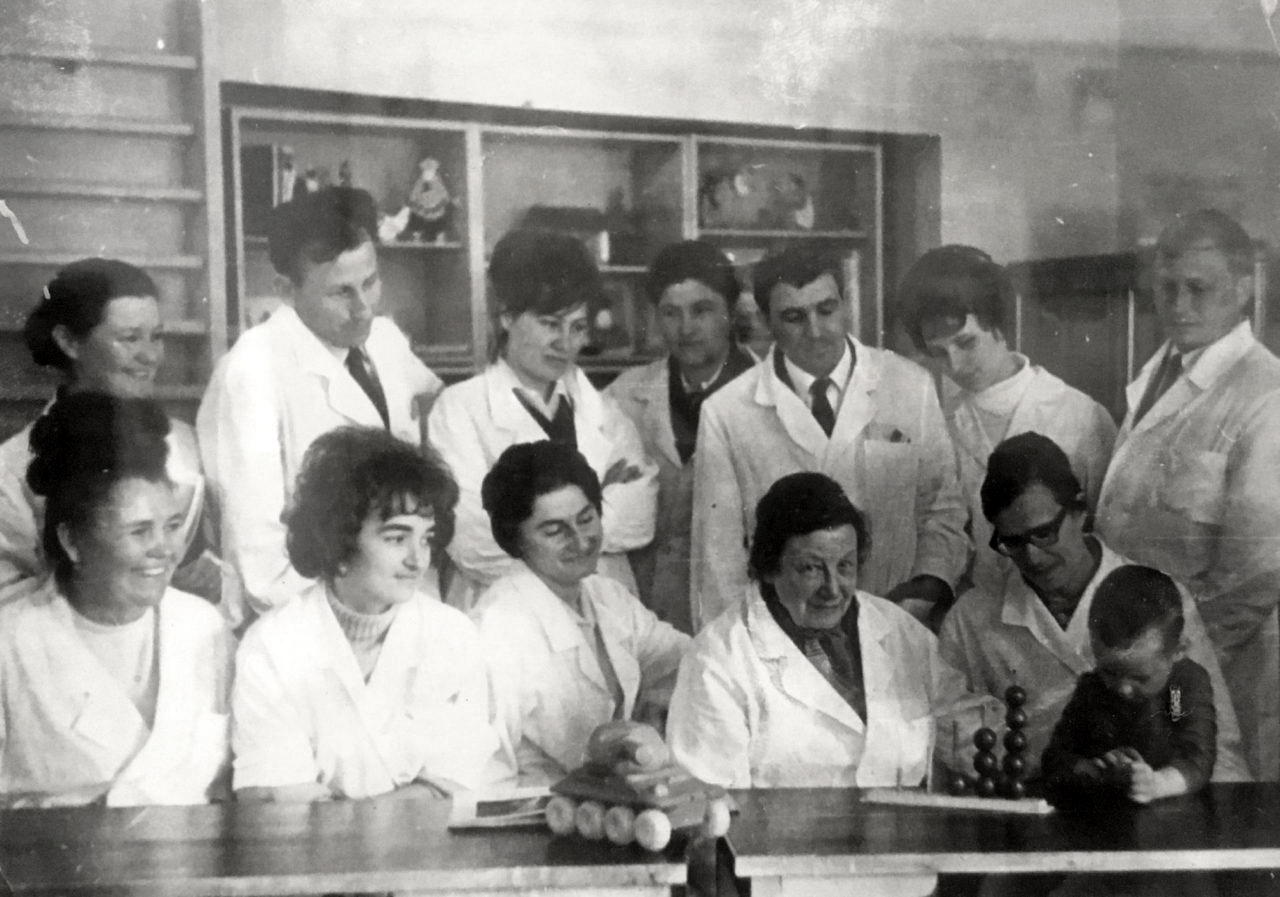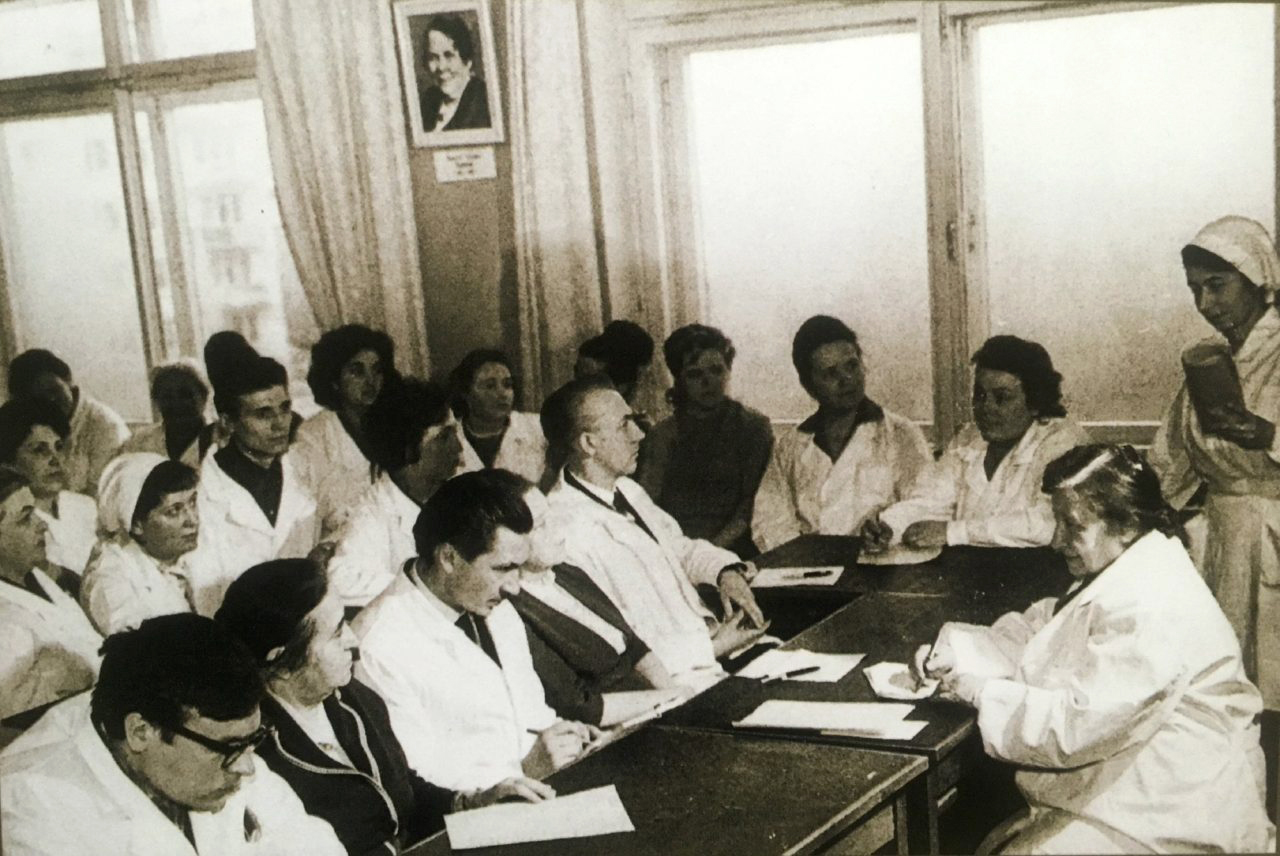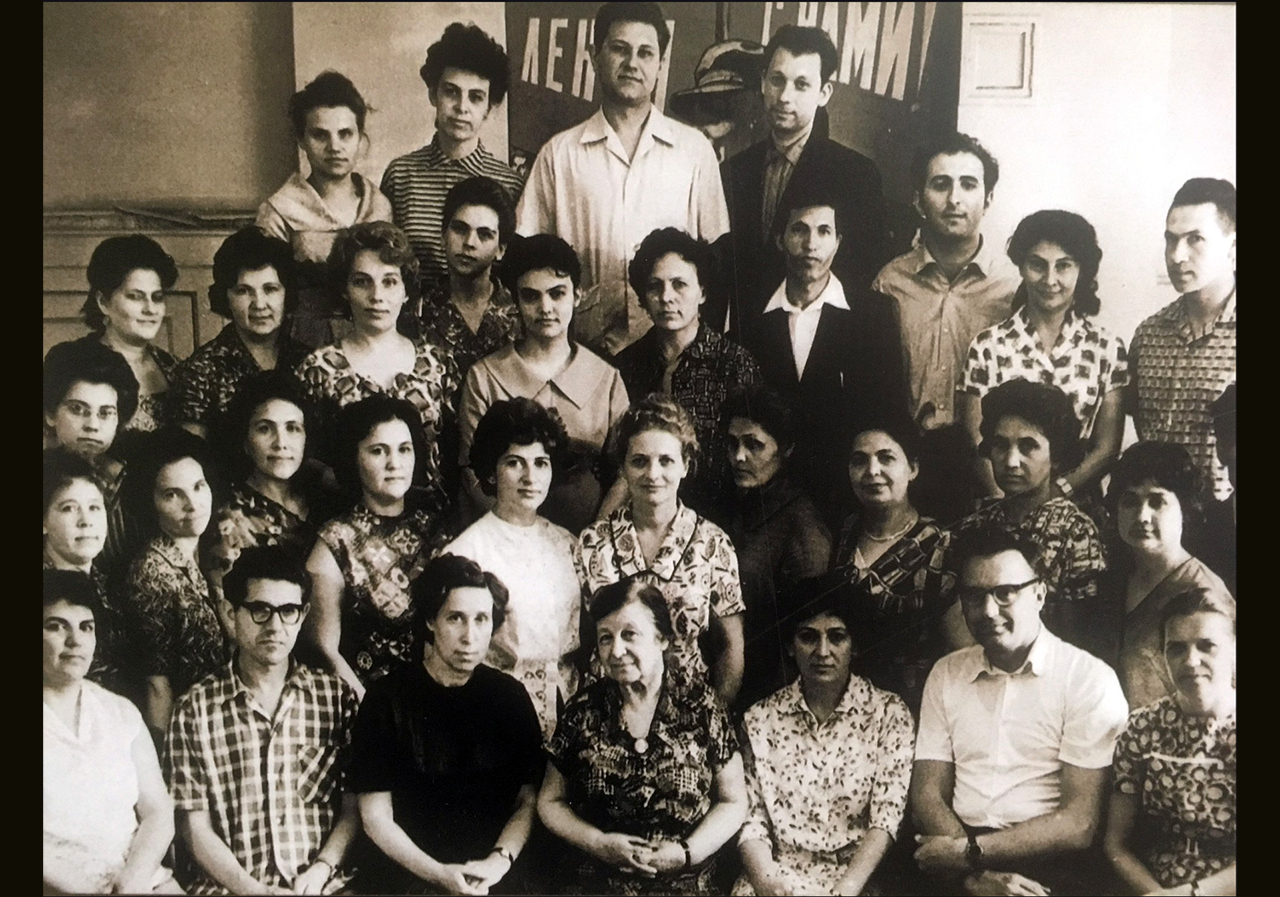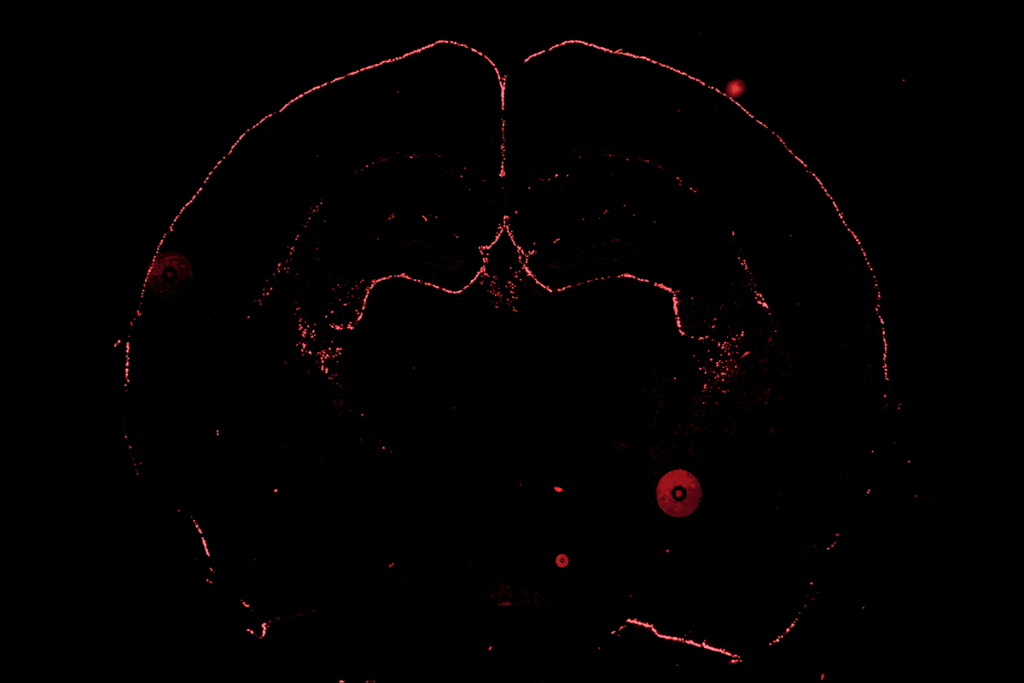U
ntil two years ago, the photographs in this gallery lay buried in the archives of a Moscow clinic named after Grunya Efimovna Sukhareva, the child psychiatrist who described autism two decades before its well-known ‘founding fathers,’ Leo Kanner and Hans Asperger, did. Few, if any, of the images have been published outside of Russia.Staff at the clinic — the Scientific and Practical Center for Mental Health of Children and Adolescents named after G. Sukhareva — unearthed the images in preparation for the clinic’s 125th anniversary, says Katerina Melnikova, head of development there. The photos help to portray a more complete picture of Sukhareva as a clinician and teacher, as did a 2019 article by Anna Basova, the clinic’s deputy director of science. That article included new observations from Eleanora Solomonovna Mandrusova, a clinical psychologist who worked directly with Sukhareva in the 1960s.
“Grunya Efimovna was not only a brilliant doctor, a subtle diagnostician, but also an outstanding teacher,” Mandrusova recalled. “She, passing on her vast experience, sought to teach young doctors clinical thinking, the ability to analyze, compare and compare. Her clinical reviews were a small spectacle. They were always attended by many interns, residents, young specialists. After listening to the speaker (usually the attending physician of the patient), she asked the opinion of everyone present. And then, after examining and talking with the patient himself, in a very mild manner, praising everyone for individual observations, she described with persuasiveness and simplicity a completely different clinical picture, clearly motivating her statements. Everyone received a lesson but did not feel offended.”
